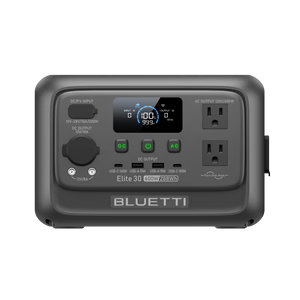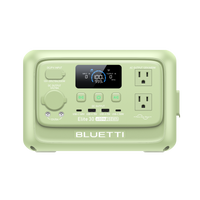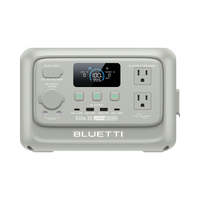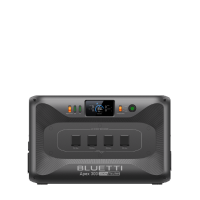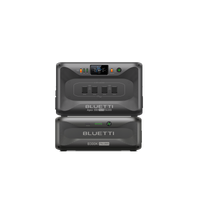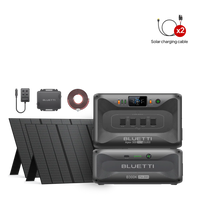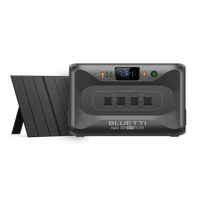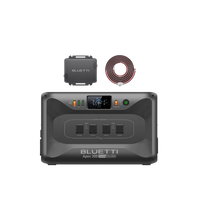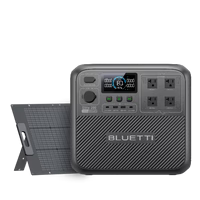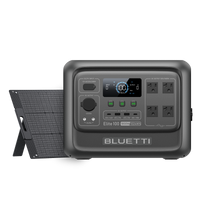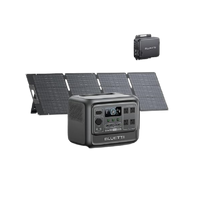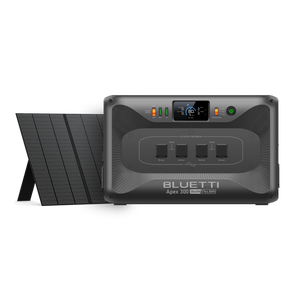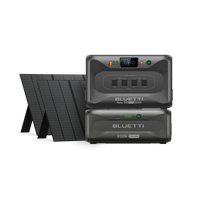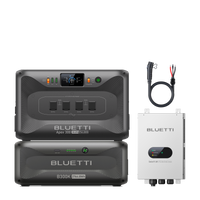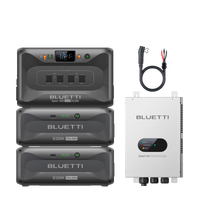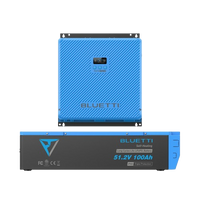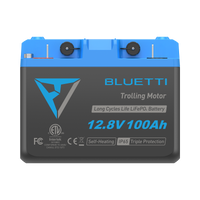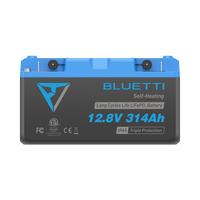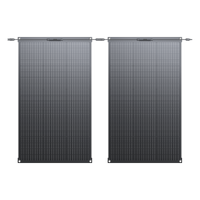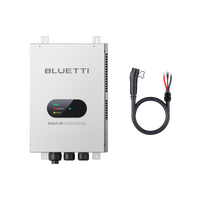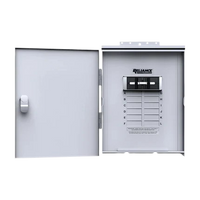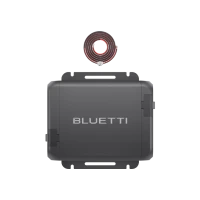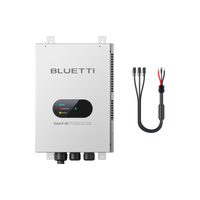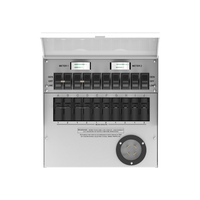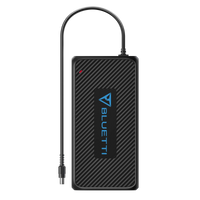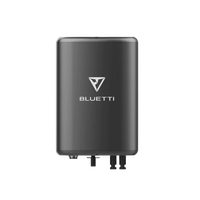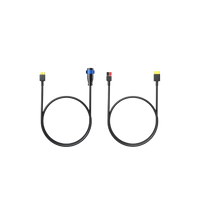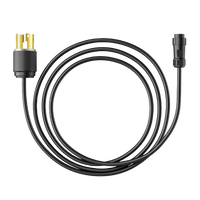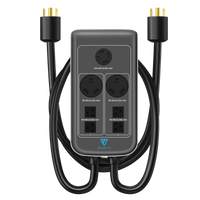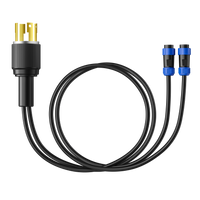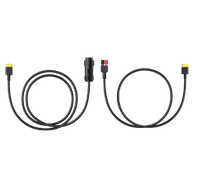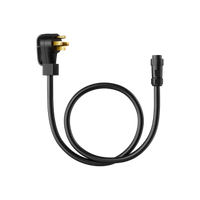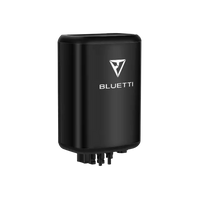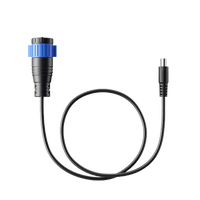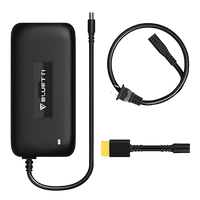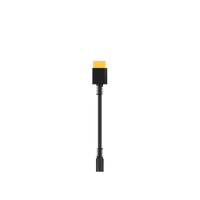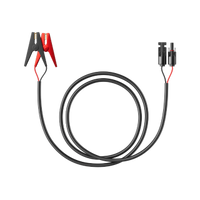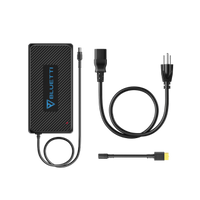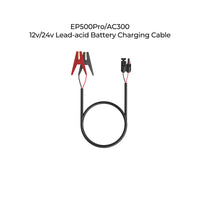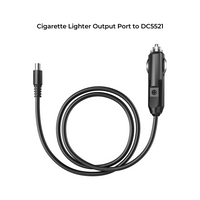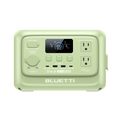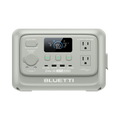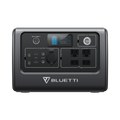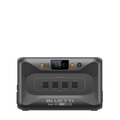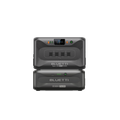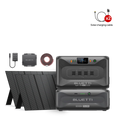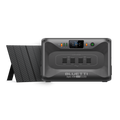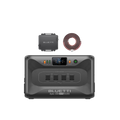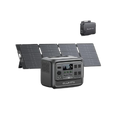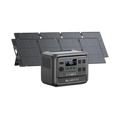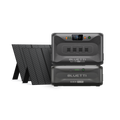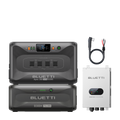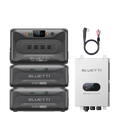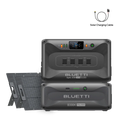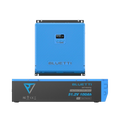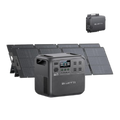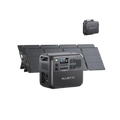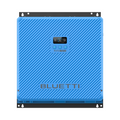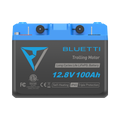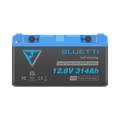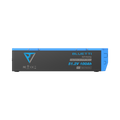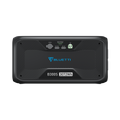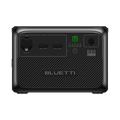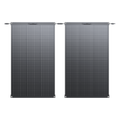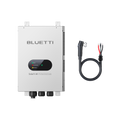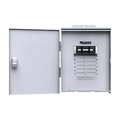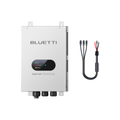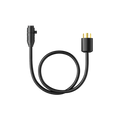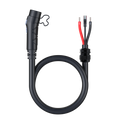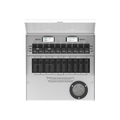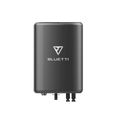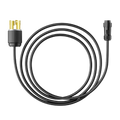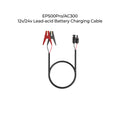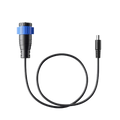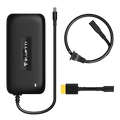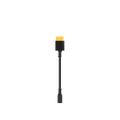L'exploitation de l'énergie solaire est une technologie innovante. Au cœur de cette énergie se trouve le fonctionnement des connecteurs MC4 – plus précisément, de petits éléments indispensables au système photovoltaïque. Ils assurent un flux d'énergie sûr et efficace des panneaux solaires vers le reste du système. La connaissance des connecteurs MC4 est essentielle pour un particulier souhaitant réduire ses coûts d'alimentation, un ingénieur chargé de concevoir un système solaire, ou encore un amateur de bricolage solaire. Cet article aborde en détail les connecteurs MC4, de leur conception à leurs fonctions, en passant par leurs variantes. Nous détaillerons également leur fixation aux panneaux solaires, le nombre de connecteurs nécessaires par panneau et la meilleure façon de les connecter.
Qu'est-ce qu'un connecteur MC4 ?
Un connecteur MC4 est un connecteur électrique à contact unique, spécialement utilisé pour connecter des panneaux solaires photovoltaïques. Le nom MC4 vient de « Multi-Contact, 4 millimètres », où 4 mm correspond au diamètre du contact de la broche. Ces connecteurs ont été développés par Multi-Contact (désormais sous la marque Stäubli Electrical Connectors) et offrent des performances exceptionnelles en matière d'étanchéité à l'eau, à la poussière et à la chaleur. Ils facilitent grandement le raccordement de chaînes de panneaux, en assemblant simplement manuellement les connecteurs compatibles des panneaux voisins.
Cependant, il est impossible de les séparer aussi facilement sans utiliser un outil spécial, afin d'éviter toute déconnexion accidentelle en tirant sur les câbles. Les connecteurs MC4 remplacent les connecteurs MC3, introduits par Multi-Contact en 1996. Les nouvelles versions du connecteur MC4 sont évaluées à 1 500 volts et permettent de réaliser des chaînes en série plus longues.
À quoi sert un connecteur MC4 ?

Leurs fonctions peuvent être à usages multiples, telles que :
- Transport d'électricité : Le connecteur MC4 permet de diriger l'énergie électrique du panneau solaire vers l'onduleur, la batterie ou la charge. Les différents modèles offrent une plage de capacités de courants et de tensions élevés, jusqu'à 1 500 V et 30 A.
- Protection du système : Les connecteurs MC4 sont résistants à l'eau, à la poussière et aux UV ; ils résistent ainsi à toutes les conditions environnementales. De plus, ils sont dotés d'un mécanisme de verrouillage positif qui les empêche de se déconnecter accidentellement.
- Configuration simplifiée : Un connecteur MC4 est facile à utiliser, car il ne nécessite ni soudure ni outil spécifique. Il se clipse facilement à la main pour former une connexion solide et sécurisée, qui ne se détache qu'à l'aide d'un outil spécifique.
- Compatibilité assurée : Le MC4 est le connecteur standard de tous les systèmes photovoltaïques. Il peut donc être utilisé avec presque tous les types de panneaux solaires ou de composants. Cependant, afin d'exclure totalement tout problème de connexion, il est recommandé d'utiliser des connecteurs identiques, du même type et du même fabricant.
Tous les connecteurs MC4 sont-ils identiques ?
Les connecteurs MC4 sont les connecteurs standard pour la plupart des panneaux solaires, mais pas pour tous. Il existe différents types et modèles de connecteurs MC4, qui peuvent varier selon le fabricant, l'application et les spécifications. Parmi les caractéristiques qui différencient systématiquement les connecteurs MC4, on peut citer :
- Les connecteurs MC4 sont disponibles en différentes formes et tailles : droits, coudés ou dérivés. Ils peuvent également être de couleur noire, rouge ou bleue, qui indiquent la polarité ou servent de code couleur.
- Capacité de tension et de courant : Les connecteurs MC4 offrent des variations de capacité de tension et de courant selon les modèles, et la qualité est toujours un critère déterminant. L'ancienne capacité nominale du connecteur MC4 d'origine était de 600 V et 30 A. Cependant, plus récemment, il peut supporter jusqu'à 1 500 V et 50 A.
- Compatibilité et interconnexion : Ce problème n'est jamais rencontré avec les autres types de connecteurs MC4, car ils sont conçus pour être compatibles entre eux. Certains MC4 d'autres marques présentent des types de verrouillage, des configurations de contact ou des matériaux différents qui peuvent les empêcher de s'accoupler avec d'autres connecteurs MC4. Cela peut entraîner des problèmes de sécurité et de performances, entraînant des accouplements croisés, des arcs électriques ou une surchauffe. Il est toujours recommandé d'utiliser des connecteurs MC4 de marque et de type similaires, sans mélanger des connecteurs MC4 de fabricants ou de modèles différents.
Comment connecter mon connecteur MC4 à mon panneau solaire ?
Connecter un connecteur MC4 à un panneau solaire est très simple et facile. Voici les étapes à suivre.
Préparez d'abord votre câble solaire en coupant l'isolant à l'extrémité, puis entortillez délicatement une partie de la partie exposée du fil afin d'éviter que les brins ne soient endommagés ou ne s'enroulent. Vous pouvez utiliser un couteau ou une pince à dénuder, mais soyez prudent pour ne pas endommager les fils ni votre corps.
Assemblez ensuite le connecteur MC4. Dévissez le capuchon et retirez le manchon de compression. Vous disposez alors des éléments mâle et femelle du connecteur, chacun doté d'une broche de contact métallique. Insérez la broche correspondante dans votre câble en respectant la polarité. Le câble positif doit correspondre à la broche mâle et la broche femelle au câble négatif.
Sertissez maintenant le connecteur avec le câble en insérant l'extrémité dénudée dans la broche et en appuyant dessus avec une pince, un marteau ou, mieux encore, une pince à sertir. Vous devriez entendre un clic lorsque le sertissage est correct. Vous pouvez également vérifier la connexion en effectuant un test de traction. Si vous tirez doucement sur le connecteur et le câble, ils ne devraient pas se séparer facilement.
Si cela se produit, remettez le manchon de compression et l'embout sur la goupille et revissez-les. Cela assure l'étanchéité de la connexion et la protège de l'humidité et de la poussière. Lorsque vous verrouillez l'embout, vous entendrez peut-être un clic.
Ensuite, branchez le connecteur sur le panneau solaire jusqu'à ce qu'il émette un clic. Le connecteur est étanche et résiste aux courants et tensions élevés. Pour débrancher le connecteur MC4, un outil spécial permet de déverrouiller le loquet entre le système de verrouillage du composant et celui de ses composants.

L'un des panneaux solaires que vous recevrez pour une utilisation avec des connecteurs MC4 est le BLUETTI PV350Ce capteur pliable et portable développe une puissance de 350 watts et un rendement de 23,4 %. Il est compatible avec les centrales électriques AC200P, AC200MAX, AC300, EB150, EB240, EP500, EP500PRO et AC500. De plus, sa conception est résistante aux chocs et aux éclaboussures, garantissant ainsi une utilisation en extérieur. Il est fourni avec une béquille permettant d'ajuster l'angle et la position du panneau pour optimiser l'exposition au soleil.
Combien de connecteurs MC4 par panneau solaire ?

Chaque panneau solaire est équipé d'un certain nombre de connecteurs MC4, selon leur disposition. Il y en a deux par panneau : un mâle et un femelle. Ils servent à sécuriser une liaison externe entre le panneau solaire lui-même et les autres éléments du système solaire potentiellement vulnérables aux intempéries.
Il est important de noter que le nombre de connecteurs dépend du nombre de panneaux solaires connectés. Par exemple, connecter les panneaux en série nécessiterait une paire de connecteurs MC4 supplémentaire pour le panneau supplémentaire. À l'inverse, une paire de connecteurs MC4 de dérivation serait nécessaire pour combiner toutes ces connexions en cas de connexion en parallèle.
Quelle est la meilleure façon de connecter des panneaux solaires : en série ou en parallèle ?
L'option recommandée pour relier ces capteurs dépend de vos besoins spécifiques. Lorsque les panneaux sont connectés en série, la tension augmente, ce qui est avantageux pour les systèmes avec de longs câbles, car cela réduit les pertes de puissance dues à la résistance. L'inconvénient est qu'une production d'énergie inférieure à celle d'un panneau, due à un ombrage partiel, réduit la puissance de l'ensemble de la chaîne.
En revanche, lorsque les panneaux sont connectés en parallèle, le courant augmente tandis que la tension reste constante. Cela présente un avantage pour les systèmes où l'ombrage impacte certaines parties, car les performances d'un panneau n'affectent pas celles des autres. Cependant, cela peut nécessiter un câblage plus épais, ce qui est coûteux.
En général, la connexion optimale dépend des conditions ou exigences particulières de votre système en matière d'ombrage, de longueur des câbles ou de budget. Il est toujours recommandé de faire appel à un professionnel.
Réflexions finales
En résumé, les connecteurs MC4 sont des éléments essentiels pour relier les panneaux solaires et d'autres éléments d'une installation photovoltaïque. Sous réserve du respect des consignes et instructions appropriées, ces connecteurs sont fiables et sûrs. Ils offrent une étanchéité optimale, un bon passage du courant, un bon fonctionnement en tension et une excellente résistance aux intempéries. Cependant, des problèmes de couplage, notamment d'incompatibilité, peuvent survenir si les connecteurs MC4 ne sont pas tous identiques ; il convient donc d'être vigilant. Il est également conseillé d'utiliser la méthode la plus appropriée pour connecter vos panneaux solaires, en série ou en parallèle, ou les deux, selon les exigences de votre système.
